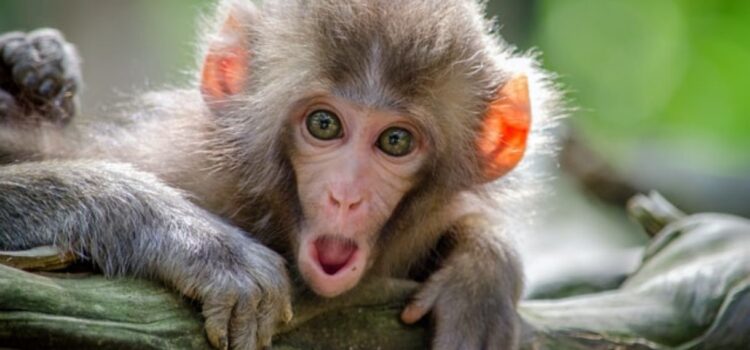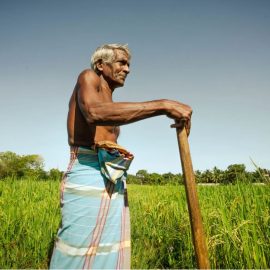

This article is an excerpt from the Shortform book guide to "The Sixth Extinction" by Elizabeth Kolbert. Shortform has the world's best summaries and analyses of books you should be reading.
Like this article? Sign up for a free trial here .
What are the effects of global warming on animals in the tropics? Why do researchers project the tropical species to be more affected by climate change than their cold-climate counterparts?
Most people think of global warming primarily as a threat to cold-climate species such as polar bears, penguins, and seals. However, the effects of global warming on animals in the tropics are projected to be even more drastic, according to researchers.
Keep reading to learn about the effects of global warming on animals in the tropics.
The Effects of Global Warming on Animals in the Tropics
Most people think of global warming primarily as a threat to cold-climate species such as polar bears, penguins, and seals. Their worlds are changing dramatically as polar sea ice declines and gets thinner. And as the ice declines, the larger areas of open water absorb more heat, which melts more ice.
But according to researchers, the effects of global warming on animals in the tropics will be even greater because that’s where most species live. In Canada’s boreal forest of nearly a billion acres, there are only about twenty species of trees. In the U.S., eastern deciduous forests contain fifty to two hundred species. In contrast, Belize, in Central America, has some 700 native tree species. Manu National Park, in the Andes of Peru, is a forest reserve where researchers have counted more than a thousand species of trees.
The same pattern—fewer species in cold climates and many more in warmer climates—applies to birds, butterflies, frogs, and fungi. Biodiversity is lowest at the poles and increases as you go from the poles to the equator. There are three theories for why more species live in tropical rainforests:
- Just as farmers produce more in warmer climates because of a longer growing season, species produce more generations. The more they reproduce, the more likely there will be genetic changes and new species.
- More-stable temperatures in the tropics benefit species with low tolerance for wide swings in temperature.
- Rainforests have more species because they’ve been around longer (millions of years) with more time for species to develop; ice still covered Canada twenty thousand years ago.
Species in Manu National Park in the Andes are already responding to climate change. The reserve is a biodiversity “hot spot”—for instance, the cloud forest (a higher-elevation rainforest) is home to one in every nine bird species. Researchers have found thirty new tree species and another three hundred species they believe are new but haven’t yet classified.
They’ve divided part of the forest into 17 study areas at different elevations with different temperatures. Their research has shown that some tree species are “moving” to higher elevations as temperatures warm, by dispersing their seeds up the mountain. Researchers calculated that global warming is pushing the average genus (a group of closely related species) eight feet higher per year. However, they found that one species is moving a hundred feet a year.

———End of Preview———
Like what you just read? Read the rest of the world's best book summary and analysis of Elizabeth Kolbert's "The Sixth Extinction" at Shortform .
Here's what you'll find in our full The Sixth Extinction summary :
- How humans have set in motion a sixth mass extinction
- The 5 mass extinction events that occurred over the last 500 million years
- Why human ingenuity might be able to save the human species from extinction






